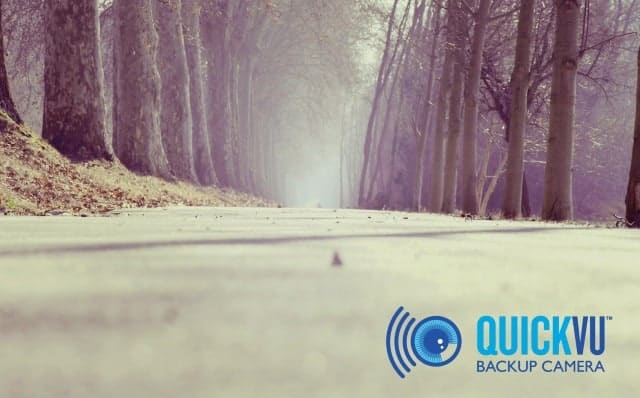The National Highway Traffic Safety Administration (NHTSA) has one job: to make the roads safer for all drivers. Right now, the NHTSA is working on it’s New Car Assessment Program, and adding essential elements to the mix including two new breaking recommendations. The NHTSA is recommending that all cars come with both dynamic brake support and crash imminent braking.
The Two Types of Braking Defined
What is crash imminent braking? Essentially, this type of braking system can determine when a crash is about to happen using on-board sensors. Instead of waiting for a driver to brake in the face of an imminent crash, the system automatically breaks. The NHTSA believes that this technology could help save a lot of lives, and that sometimes drivers are too shocked in the face of a possible crash to react quickly enough to hit the brakes. An imminent braking system would stop the car automatically.
The other recommendation is that all new cars come with dynamic brake support, which increases braking power. If a driver hasn’t hit the brakes with enough force, a dynamic brake system will increase the force behind a stop, so that the care will make the stop sufficiently. The NHTSA reports that 33% of all crashes in the US are rear-end accidents, and these two braking systems could potentially lower that number a great deal. Further, the administration notes, a significant number of those rear-end crashes happened because drivers either did not apply brakes or did not put enough force behind braking.
What the NHTSA Can Do
The NHTSA can offer automobile suggestions, but it cannot make car companies include these safety features in cars directly. However, a suggestion from the NHTSA is taken seriously by both consumers and car manufacturers, and most suggestions from the NHTSA are usually mandated.
In fact, it was the NHTSA that originally recommended all cars have a back up camera system installed, and that recommendation was turned into a law that will take effect in May 2018. The NHTSA found that the simple installation of a wireless backup camera could save lives, and this recommendation was taken very seriously. Now, all automobiles manufactured for the year 2018 will have a rear view camera. So, it’s not far-fetched to assume that the NHTSA’s recommendation that the aforementioned braking systems be a part of all new cars will eventually become law.
Making Cars Safer
Many of the accidents that happen today can be avoided easily enough. Things like backing into another person or object, and not braking when a crash is imminent are two things that can also be avoided now that we have the right technology. From the NHTSA’s point of view, since the technology exists to prevent crashes caused by these details, why not make these things a mandatory part of every car? As it stands, luxury cars tend to have both a rear camera and advanced braking systems, but other cars do not. The NHTSA’s recommendation will likely even the playing field.
If you would like to add a back up camera to your existing car, you can do so right now by purchasing a QuickVu camera from Trail Ridge Technologies. While all cars in 2018 will have to have these backup camera systems, you don’t have to wait and purchase a new car in order to have a safer vehicle. Installing a camera on any vehicle is quick and simple to do, and you can add a camera to any make or model.
Answering Questions
We know that you probably have questions about backup cameras, and how these camera systems work, so we invite you to come into our store today for more information. Alternately, you can simply call us. When it comes to making the roads safer, small changes like better braking systems and rear view cameras can easily mean the difference between life and death.

